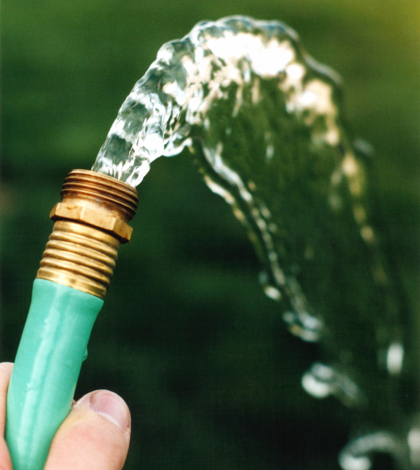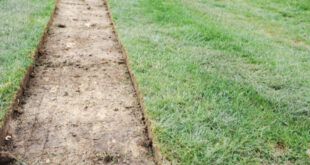California Gov. Jerry Brown issued new, permanent water regulations on Monday afternoon while calling for more self-regulation by water agencies throughout the state.
Praising Californians for their active water conservation efforts, Brown’s Executive Order acknowledges that, “… Californians responded to the drought by conserving water at unprecedented levels, reducing water use in communities by 23.9 percent between June 2015 and March 2016 and saving enough water during this period to provide 6.5 million Californians with water for one year.”
However, Brown emphasized the need for current conservation efforts and the necessity to develop long-range plans should California’s drought continue. Brown went on to say, “…now we know that drought is becoming a regular occurrence and water conservation must be a part of our everyday life.”
Brown’s order bans a variety of wasteful water habits including hosing down sidewalks, driveways and other hardscapes; washing cars with hoses not equipped with shut-off nozzles; using non-recirculated water in a fountain or other decorative water feature; water lawns in a manner that causes runoff or within 48 hours after measurable precipitation; and, irrigating ornamental turf on public street medians.
Additionally, the new regulations call for urban and agricultural water suppliers to accelerate their data collection, improve water system management and prioritize capital projects to reduce waste water. The governor has also directed the California Energy Commission to certify innovative water conservation and water loss detection and control technologies that also increase energy efficiencies.
In light of the El Nino effects experienced in Northern California this year and the near average snowpack in the Sierras, Brown’s executive order directs the State Water Resources Control Board to adjust emergency water conservation regulations, as soon as practicable, through the end of January 2017. The Department of Water Resources will work with the Water Board to develop new water use targets as part of a permanent framework for urban water agencies.
The new water use targets will be customized to the unique conditions of each water agency including climate differences, previous conservation efforts or alternative water resources including desalinated seawater. This flexibility could see some urban areas, especially in still drought-plagued Southern California, facing on-going water use restrictions while areas in Northern California may experience only modest or no water restrictions.
Timothy Quinn, executive director of the Assn. of California Water Agencies, indicated that his membership was “…pleased the staff is proposing a fundamentally different approach that builds on extensive feedback from the water community… it is time to better match conservation levels with local water supply conditions.’
In the interim seven months—between now and the January 2017 implementation of the new, customized water conservation regulations–the State Water Board is expected to lift some of the current water use restrictions at its May 18 meeting. The Board will determine which communities will face on-going mandatory cuts and those which will be lessened or eliminated.
Felicia Marcus, board chair for the State Water Board joined Gov. Brown in delivering his executive order and called on Californians and the state’s water districts to keep conserving. “This is not a time to start using water like it’s 1999,” Marcus said. “The executive order basically declares business as usual with water as a thing of the past.”
Nonetheless, Marcus and other water officials conceded the benefits the state has received from El Nino’s rain and snow. With California’s two largest reservoirs, Shasta and Oroville both in Northern California, at more than 90 percent full, Marcus pointed to the benefits of this year’s precipitation. “We got a reprieve. We need to use this moment wisely.”
 California Water News Daily Your Source For Water News in California
California Water News Daily Your Source For Water News in California


